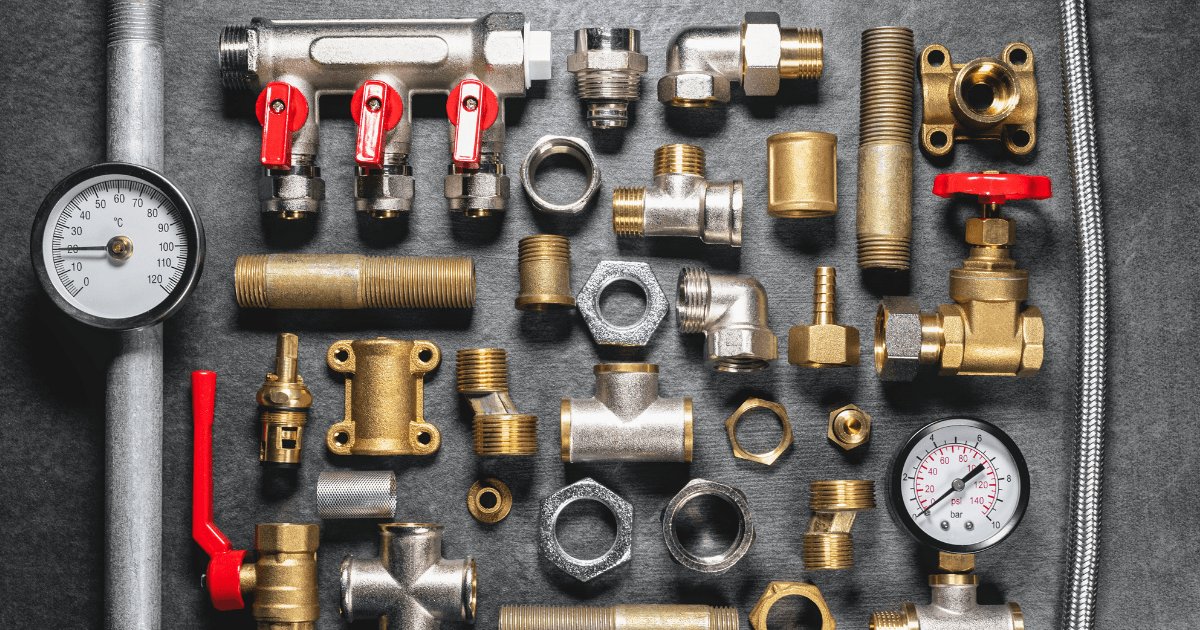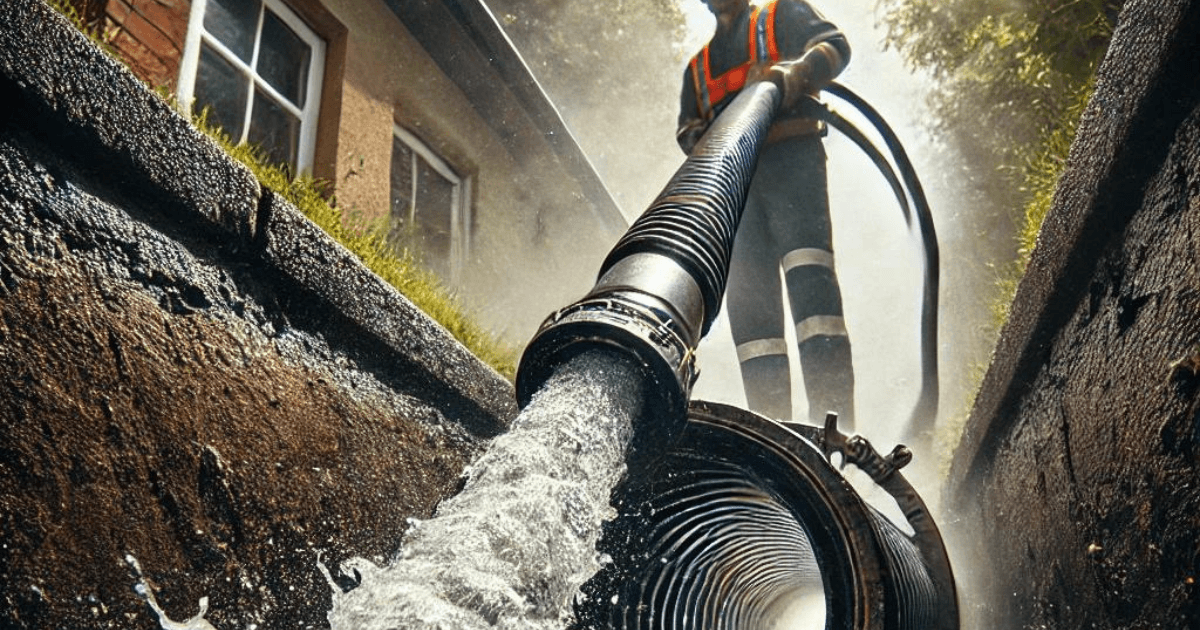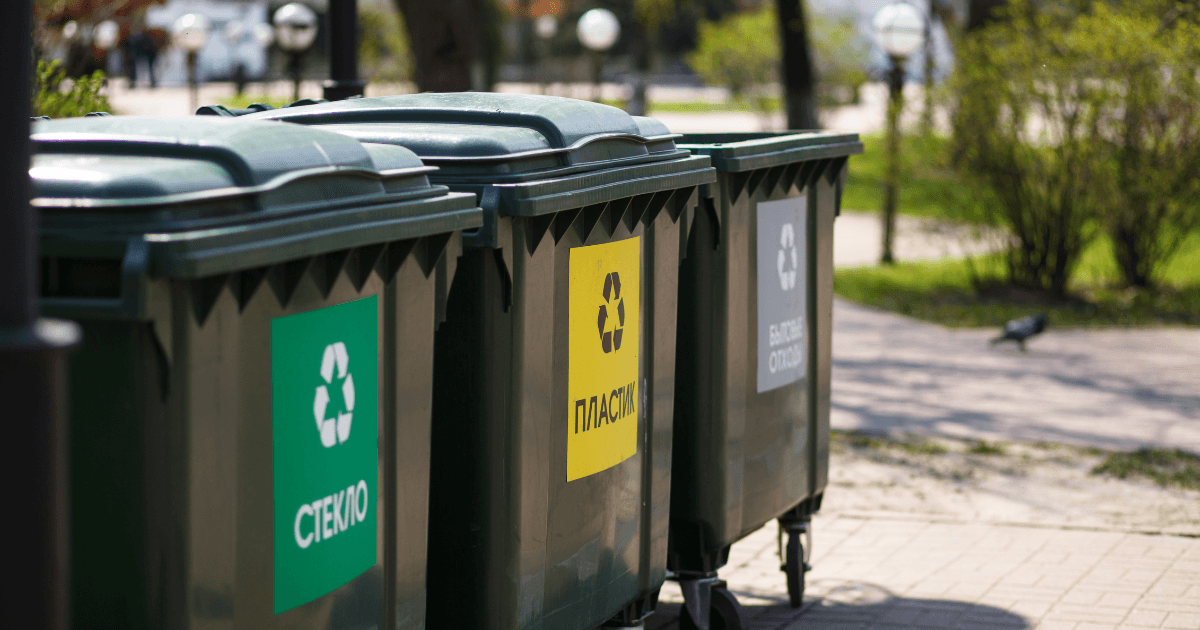Pipe bursting has emerged as one of the most revolutionary methods in modern plumbing and infrastructure repair. But why, and how does this method compare to traditional practices? By applying first principles thinking and breaking down the core fundamentals, we can fully grasp why pipe bursting is not just a trend but a fundamental shift in how we approach underground pipe replacement.
In this article, we will deconstruct pipe bursting from the ground up, evaluate its technological and environmental impacts, and explore why it is considered a superior method of pipe replacement in 2024. We’ll delve into the nuances, question assumptions, and provide profound insights grounded in research, so by the end of this piece, you’ll understand why pipe bursting is a cutting-edge solution worth your consideration.
I. What is Pipe Bursting? Deconstructing the Fundamentals
At its core, pipe bursting is a trenchless method of replacing underground pipes. Unlike traditional excavation methods, where entire trenches are dug to remove and replace old pipes, pipe bursting uses a more efficient and less invasive approach. Here’s how it works:
- Breaking Down the Process: A bursting head is inserted into the existing pipe, which is then forced through, breaking apart the old pipe and pulling the new one in its place. This eliminates the need for extensive digging, reducing property disruption and overall costs.
The reason this method has gained traction is its ability to displace the old pipe while simultaneously installing a new pipe with minimal ground disturbance. From a first principles perspective, the fundamental job of any plumbing system is to move fluids efficiently and reliably. Traditional methods only partially fulfill this goal because they often require extensive post-repair work like landscaping or road reconstruction, which adds unnecessary cost and disruption.
Pipe bursting, however, focuses on solving the core issue—replacing pipes—without the extraneous disruptions that come with excavation. It prioritizes the core functional necessity (pipe replacement) while removing inefficiencies like large-scale digging and extended repair times.
II. Why Pipe Bursting is Gaining Momentum: Efficiency Meets Innovation
1. Minimal Disruption to Property
One of the most significant advantages of pipe bursting is its non-invasive nature. Traditional methods of pipe replacement require large trenches that destroy landscaping, driveways, sidewalks, and roads. By using a trenchless method, homeowners, municipalities, and businesses can save on re-landscaping costs and avoid disruption to daily life.
Consider a city environment where digging up a busy street to replace a sewer line could lead to blocked roads, rerouted traffic, and extended inconvenience for businesses. Pipe bursting eliminates much of this by requiring minimal surface disruption—access points are small, reducing the visual and physical footprint of the operation.
2. Durability and Long-Term Benefits
A major issue with older piping systems—often made of materials like cast iron or clay—is that they degrade over time, leading to leaks, root intrusion, or total pipe collapse. Pipe bursting replaces these outdated materials with modern piping (commonly high-density polyethylene or HDPE), which is more durable, corrosion-resistant, and has a lifespan of 50 to 100 years.
Traditional systems, when left unchecked, also tend to experience structural weakening due to natural wear and environmental factors. From a first principles standpoint, relying on outdated materials adds layers of inefficiency and risk that modern solutions like pipe bursting aim to eliminate.
In essence, pipe bursting enhances the longevity of the plumbing infrastructure, reducing the need for future repairs and providing a more sustainable long-term solution.
3. Cost-Effectiveness and ROI
At face value, pipe bursting might seem more expensive than traditional excavation. However, when factoring in labor costs, time savings, and avoidance of additional landscaping or road repairs, pipe bursting becomes a more economical option.
The ROI for pipe bursting is also higher because of its speed. Projects that might take weeks using traditional methods can be completed in a few days, which is particularly important for businesses and municipalities aiming to minimize downtime. A quicker project translates into lower labor costs and faster service restoration, creating a win-win scenario.
III. Sustainability and Environmental Impact: Pipe Bursting and the Green Future
The growing focus on sustainability and environmental responsibility has pushed industries to re-evaluate their methods of infrastructure development and repair. Traditional pipe replacement methods involve heavy machinery, excavation, and the disposal of old materials, all of which contribute to a larger carbon footprint.
Pipe bursting, on the other hand, aligns well with environmental priorities:
- Less Excavation: By limiting the amount of digging, pipe bursting reduces the number of trucks needed to transport materials, lowers fuel consumption, and minimizes soil disturbance.
- Recycling Old Materials: The method allows the old pipe to be left underground, reducing the need to extract and dispose of it.
- Water Conservation: As older pipes are more prone to leaks and cracks, pipe bursting helps prevent unnecessary water waste, making it a key tool in the fight against water scarcity.
This method embraces a first principles approach by fundamentally asking: How can we repair or replace infrastructure in a way that does not add unnecessary waste or environmental harm?
IV. The Technological Innovations Behind Pipe Bursting
Advancements in trenchless technologies have made pipe bursting more precise and effective than ever before. New innovations in the materials used for bursting heads, sensors, and pipe materials have allowed contractors to tackle even more complex projects.
- Precision and Control: Modern pipe bursting systems are equipped with advanced tracking systems that ensure accurate pipe alignment, reducing the risk of damage to nearby infrastructure.
- Automation and Robotics: The integration of automation and robotics into the trenchless industry is already on the horizon. Future systems will likely be able to perform pipe bursting with greater accuracy, less manual oversight, and even self-diagnostics during operation to ensure real-time corrections and efficiency.
V. Comparing Pipe Bursting to Traditional Methods and Other Trenchless Solutions
When discussing pipe bursting, it’s essential to compare it to both traditional excavation and other trenchless methods like pipe lining.
- Traditional Excavation: This is the standard method of pipe replacement that involves digging a trench along the length of the pipe. While it gets the job done, it is labor-intensive, time-consuming, and leads to extensive property damage that requires repair.
- Pipe Lining: While another trenchless method, pipe lining involves inserting a resin-coated tube into the old pipe, which then hardens to form a new lining. While effective for specific applications, pipe bursting excels in completely replacing deteriorated or collapsed pipes rather than merely reinforcing them.
From a first principles analysis, pipe bursting addresses a broader range of issues by solving both structural integrity and efficiency, which makes it ideal for situations where the pipe has reached the end of its lifespan.
VI. The Future of Pipe Bursting: Automation and Sustainable Infrastructure
As we look toward the future, automation and data-driven diagnostics will likely play a significant role in how pipe bursting evolves. Smart technologies are poised to integrate with pipe bursting methods, allowing for more precise diagnostics before, during, and after the replacement process. This ensures that the new infrastructure is not only installed efficiently but also monitored for performance.
Moreover, the future of trenchless technologies will likely focus even more on environmental sustainability. This could include further advancements in recyclable materials and techniques that reduce energy consumption during the installation process.
Conclusion: Why Pipe Bursting is the Future of Pipe Replacement
By stripping away conventional assumptions and focusing on the fundamental needs of modern infrastructure—efficiency, sustainability, and long-term reliability—pipe bursting emerges as the logical choice for pipe replacement in 2024. With its ability to minimize property disruption, reduce environmental impact, and offer a cost-effective, durable solution, it’s clear that pipe bursting isn’t just a temporary innovation but a critical advancement in how we think about infrastructure repair.
For homeowners, businesses, and municipalities looking to future-proof their plumbing systems, pipe bursting offers the kind of transformative, forward-thinking solution that will keep infrastructure functional, efficient, and sustainable for decades to come.





